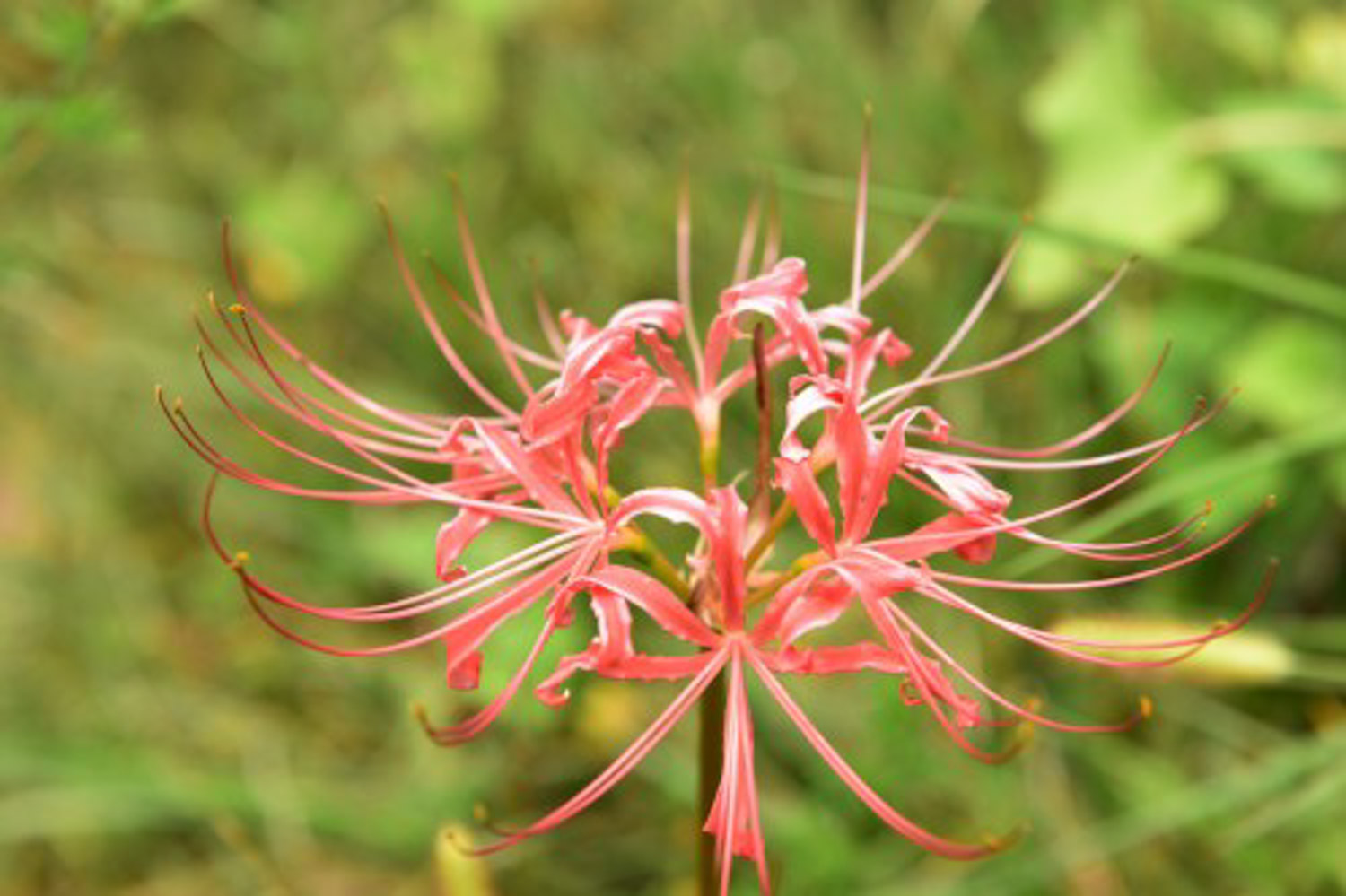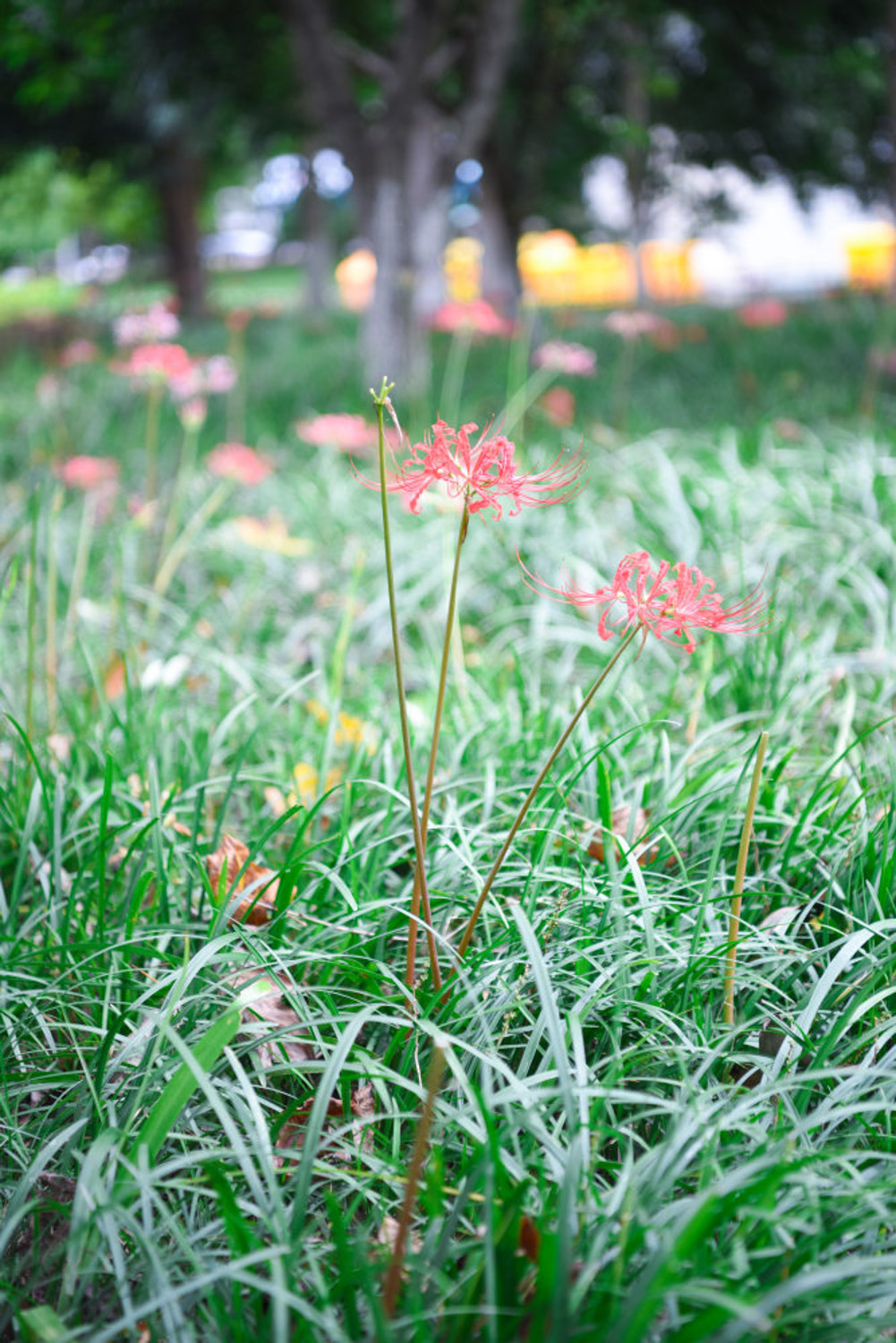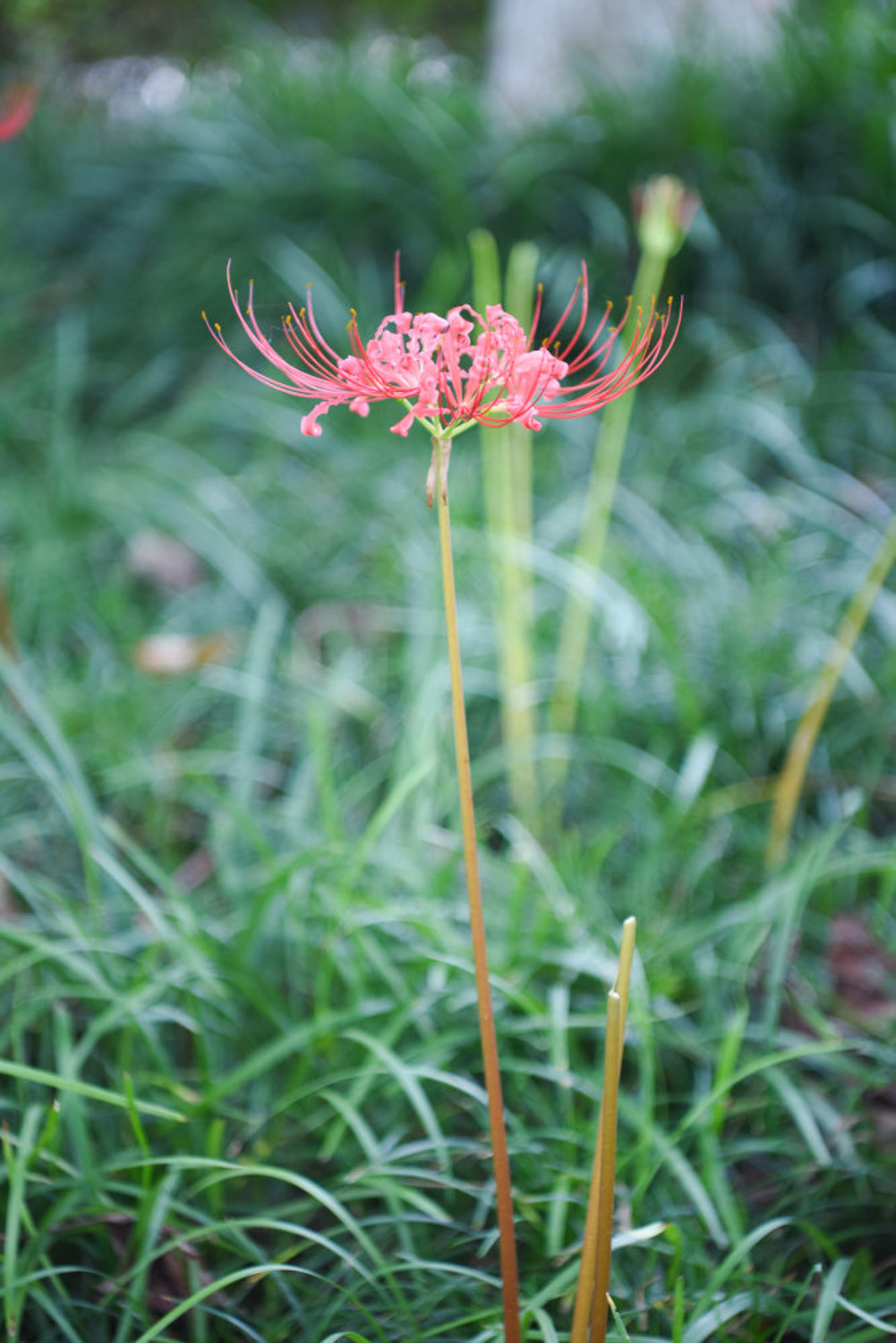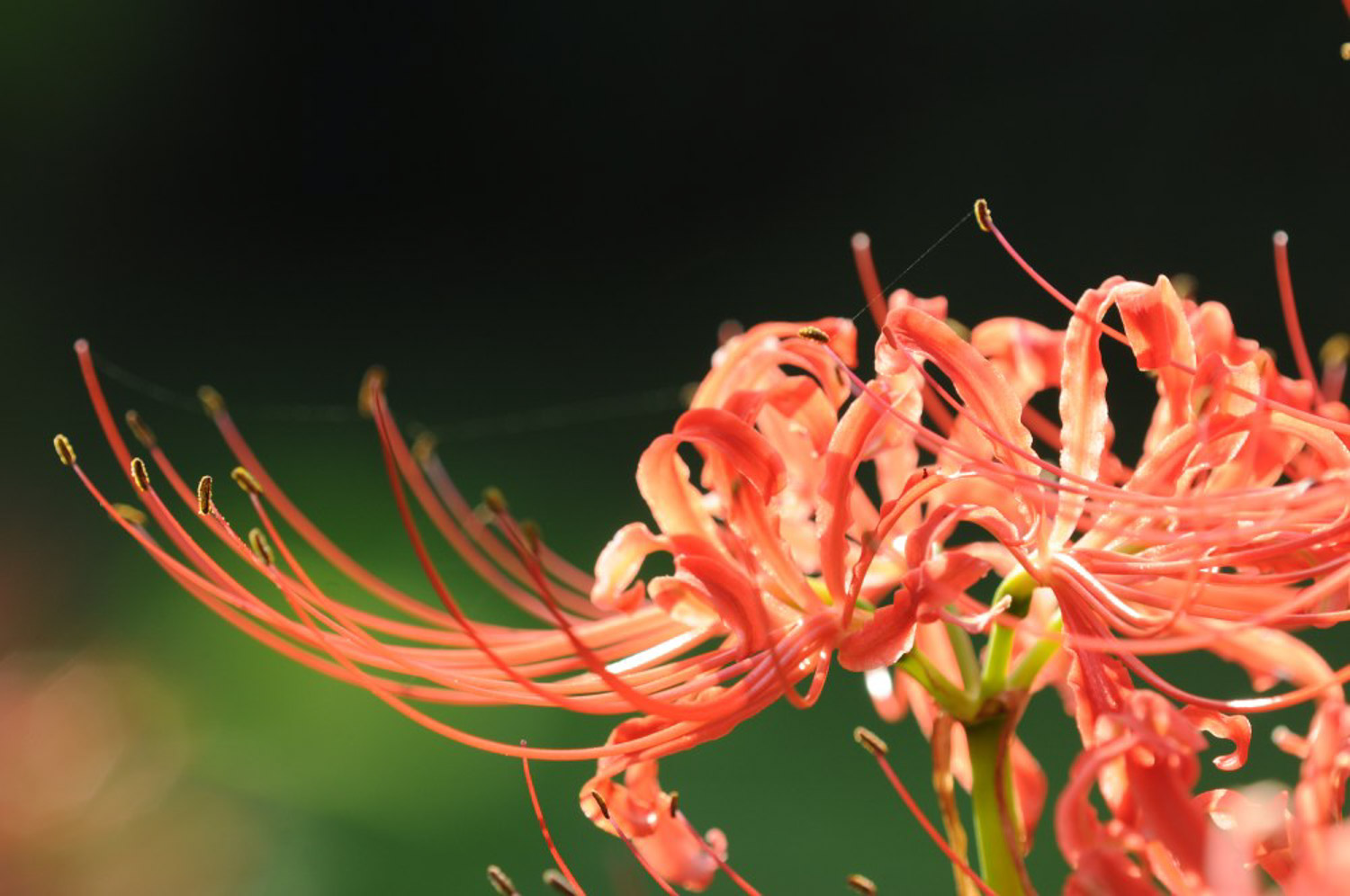1、 Flowering time
The other shore flowers usually bloom in spring and autumn. It prefers a warm environment. If the temperature is too high in summer, the plant will enter a dormant state and slow down its growth, so it will not bloom. Winter is relatively cold, low temperature will also inhibit plant growth, also can not bloom. If you want it to blossom, you must provide appropriate light and pay attention to supplementing phosphorus and potassium fertilizer

2、 It took years to blossom
It usually takes 2-3 years for the flowers on the other side to bloom. If the purchased seed ball is relatively large, it can bloom in one year. The smaller ones are not easy to bloom and often need to be raised for several years. The flower shape of this plant is very unique. Its petals will shrink and roll back, and the flowers will open before the leaves grow. The flowers will grow leaves only after the flowers wither, and the flowers and leaves will not meet

3、 How
1. Soil: the other shore flower has low requirements for soil. Generally, the substrate suitable for the growth of bulb flowers can be used. If it is in the sandy loam rich in organic matter, the plant will grow better. The soil should not be too sticky and heavy. Good drainage is the key to avoid the decay of bulbous roots

2. Light: the other shore flower is a semi shade loving plant. It is usually placed in a bright place and should not be exposed to strong light, but it also needs some light at the same time. Sufficient scattered light can make it bloom better, and too dark will lead to plant overgrowth and possibly lodging
3. Watering: the other shore flower itself has certain drought resistance. Its underground stem can grow in the environment of insufficient water, but sufficient water supply can also accelerate its growth. Generally, when the soil surface turns white, it needs proper watering. However, during dormancy, reduce watering

4. Fertilization: when planting and changing pots of the other shore flower, an appropriate amount of organic fertilizer should be buried, so as to continuously provide nutrients for it. In the growth period, fertilizer can be applied every two months, and attention should be paid to regulating the proportion of nitrogen, phosphorus and potassium to promote its development and flowering

 how many times do yo...
how many times do yo... how many planted tre...
how many planted tre... how many pine trees ...
how many pine trees ... how many pecan trees...
how many pecan trees... how many plants comp...
how many plants comp... how many plants can ...
how many plants can ... how many plants and ...
how many plants and ... how many pepper plan...
how many pepper plan...






























